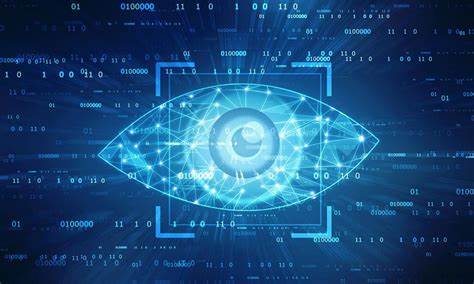Data analysis has always been an important tool in a business’s arsenal, but we are no longer limited to just analysing numerical data. Today we can gather a variety of important data from anything from text to videos and use it for numerous purposes.
One of Microsoft’s more advanced services out there that aims to offer the best innovative computer vision capabilities is Azure AI Vision. After speaking to the top suppliers of IT Support Services in London, it’s clear that by elevating your computer vision projects with Azure AI Vision, businesses can automatically receive valuable information based on visual features with advanced algorithms.
Azure AI Vision has four key features that make up the service. All of them work to give your apps the ability to analyse images, detect faces and read text with image tagging, extract text with OCR, analyse presences with spatial awareness, and access to responsible facial recognition.
With help from TechQuarters, a trusted IT support company, let’s break down each of these features and how they can add value.
Image Analysis
Starting with the Image Analysis service, users can use this tool to extract a variety of visual features from images. With these images, we can gain insights into the characteristics and features of each image.
This feature is great for reading text, detecting objects, brands, colour schemes, image types, faces and specific people, generating image captions based on identified objects, tagging visual features, and detecting domain-specific content.
These tools would generally be used to determine if an image or video contains adult content, find specific objects and brands, and find human faces.
Optical Character Recognition
OCR tools aren’t new, but they are undoubtedly important and useful. Azure Visual AI uses the Read OCR engine and is made up of multiple machine-learning based models which can recognize global languages.
This way users can extract both printed or handwritten text from all types of images like posters, labels, and street signs as well as documents like reports, forms, invoices, and articles. Ultimately this eliminates the need for manual data entry, which saves time and resources for everyone.
Spatial Analysis
Azure AI Vision is also capable of detecting the presence and movements of people with spatial analysis. From analysing video streams from cameras, businesses can gain a lot of insight and generate events for their other systems.
With spatial analysis, there are various forms of information we can collect after the service detects people in videos even as they are moving. We can have access to information like how many people are in a specific area over time, monitor how long people stay in certain areas, analyse the distance between people and even detect if people are covering their faces with a mask.
This information allows businesses to understand spaces of interest, how people interact with one another and if people are following regulations.
Facial Recognition
According to Office 365 Consultancy providers, Azure AI Vision’s facial recognition is one of the more regulated tools in the bunch but for good reason. As the name suggests, this tool allows apps to detect, recognize and analyse faces from images. It’s generally used for identity verification, face blurring for privacy and touchless access control.
This tool is mostly used for security reasons, but it also has the ability to extract face-related attributes like age, emotions, gender facial hair, glasses and head pose but it’s important to remember that these are just general predictions and not actual classifications. This tool is most likely to be misused and is highly regulated by Microsoft to protect people’s rights.
In conclusion, Microsoft’s Azure AI Vision is a highly valuable service. Users can gain a wide variety of information from different media sources. With this information, businesses can gain insight into future adaptions, data for analysis, security and more.
The fact that the service relies heavily on AI and machine learning is pivotal for the service and will allow Microsoft’s users to gain insights and gather data automatically and more efficiently.

